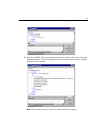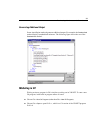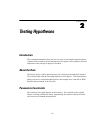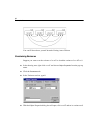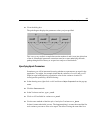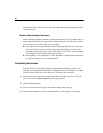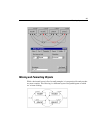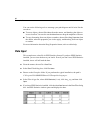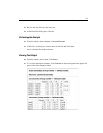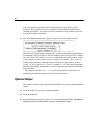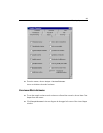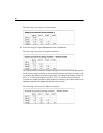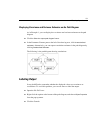
44
Example 2
require both of the variances to have the same value without specifying ahead of time
what that value is.
Benefits of Specifying Equal Parameters
Before adding any further constraints on the model parameters, let’s examine why we
might want to specify that two parameters, like the variances of recall1 and recall2 or
place1 and place2, are equal. Here are two benefits:
If you specify that two parameters are equal in the population and if you are correct
in this specification, then you will get more accurate estimates, not only of the
parameters that are equal but usually of the others as well. This is the only benefit
if you happen to know that the parameters are equal.
If the equality of two parameters is a mere hypothesis, requiring their estimates to
be equal will result in a test of that hypothesis.
Constraining Covariances
Your model may also include restrictions on parameters other than variances. For
example, you may hypothesize that the covariance between recall1 and place1 is equal
to the covariance between recall2 and place2. To impose this constraint:
E In the drawing area, right-click the double-headed arrow that connects recall1 and
place1, and choose
Object Properties from the pop-up menu.
E Click the Parameters tab.
E In the Covariance text box, type a non-numeric string such as cov_rp.
E Use the same method to set the covariance between recall2 and place2 to cov_rp.




